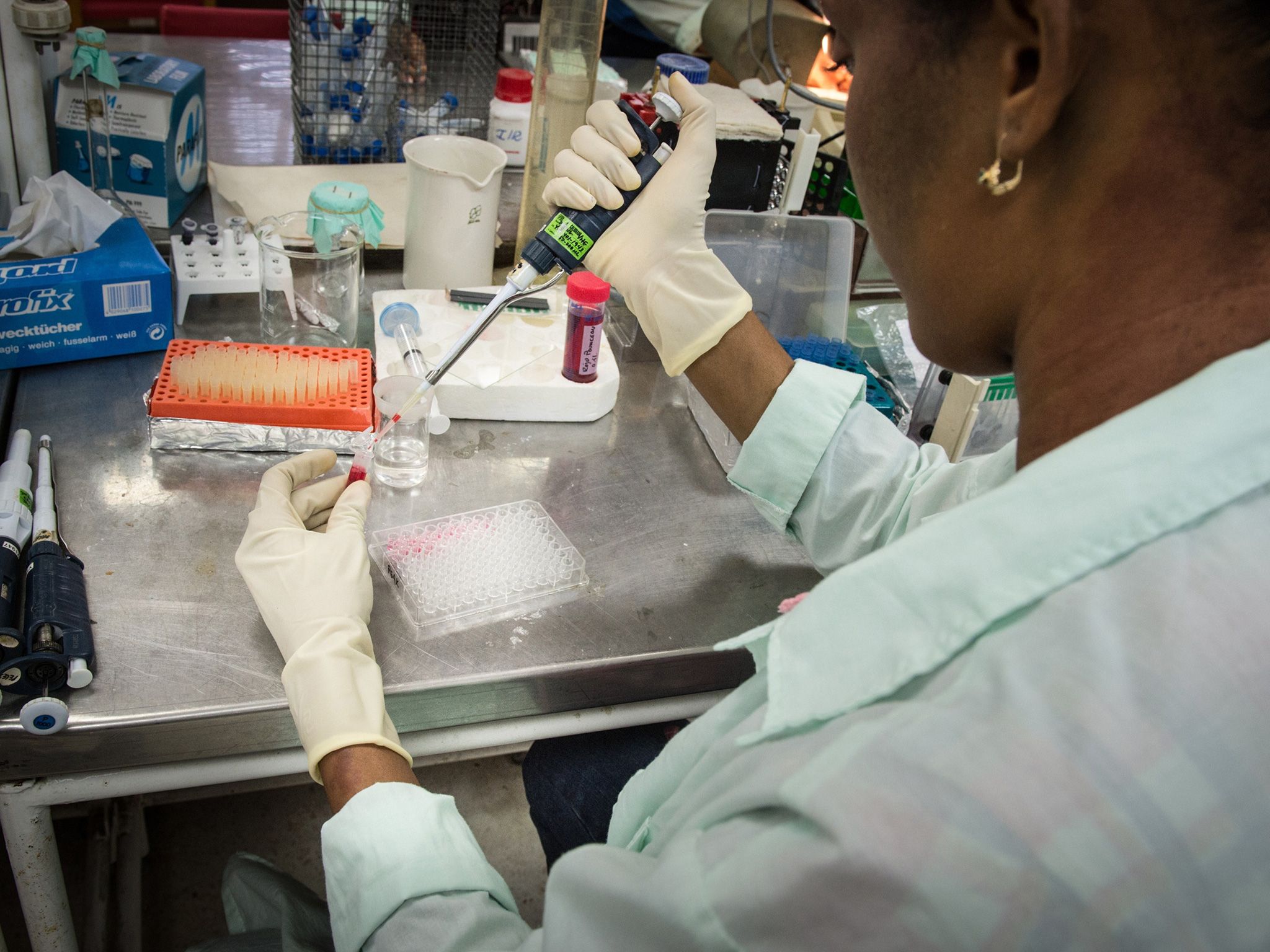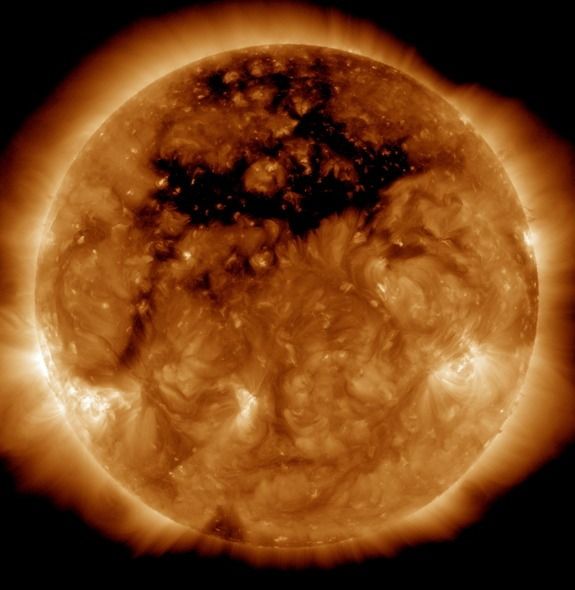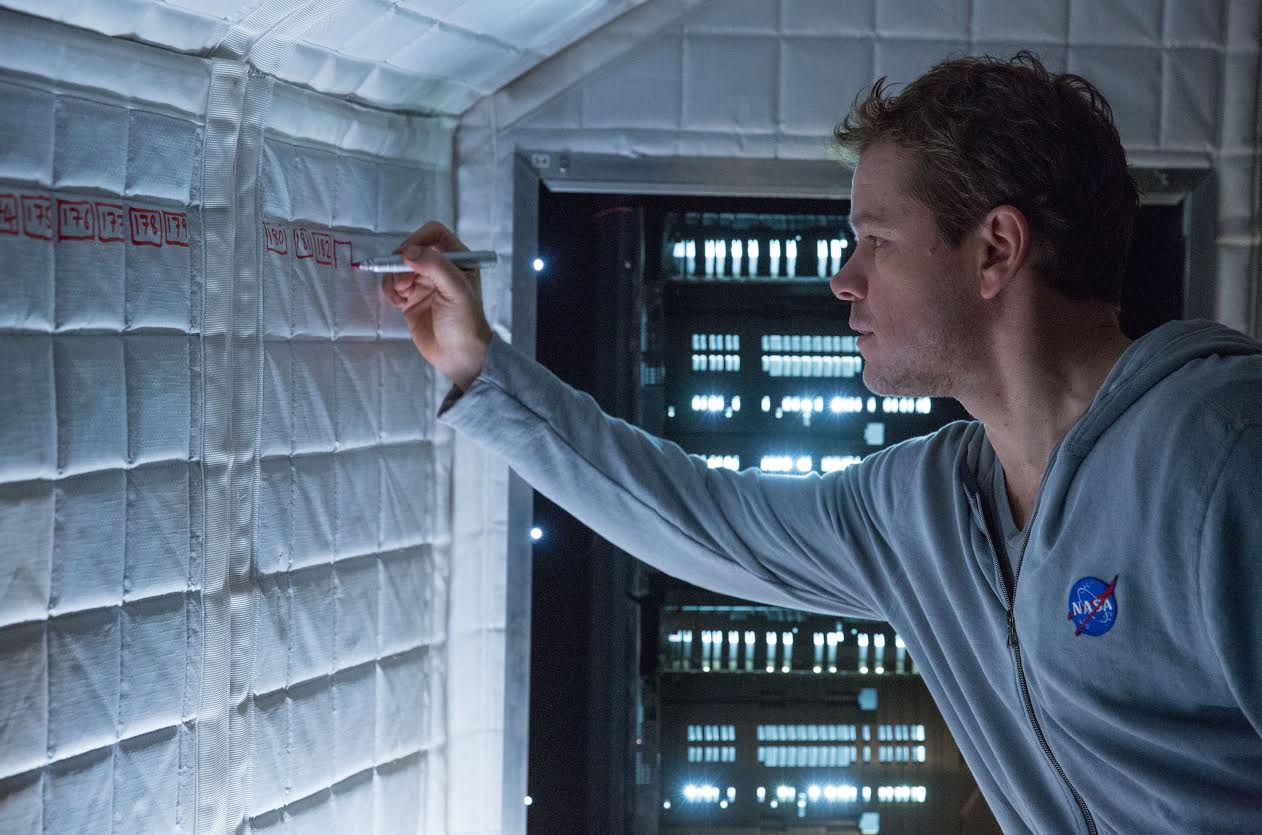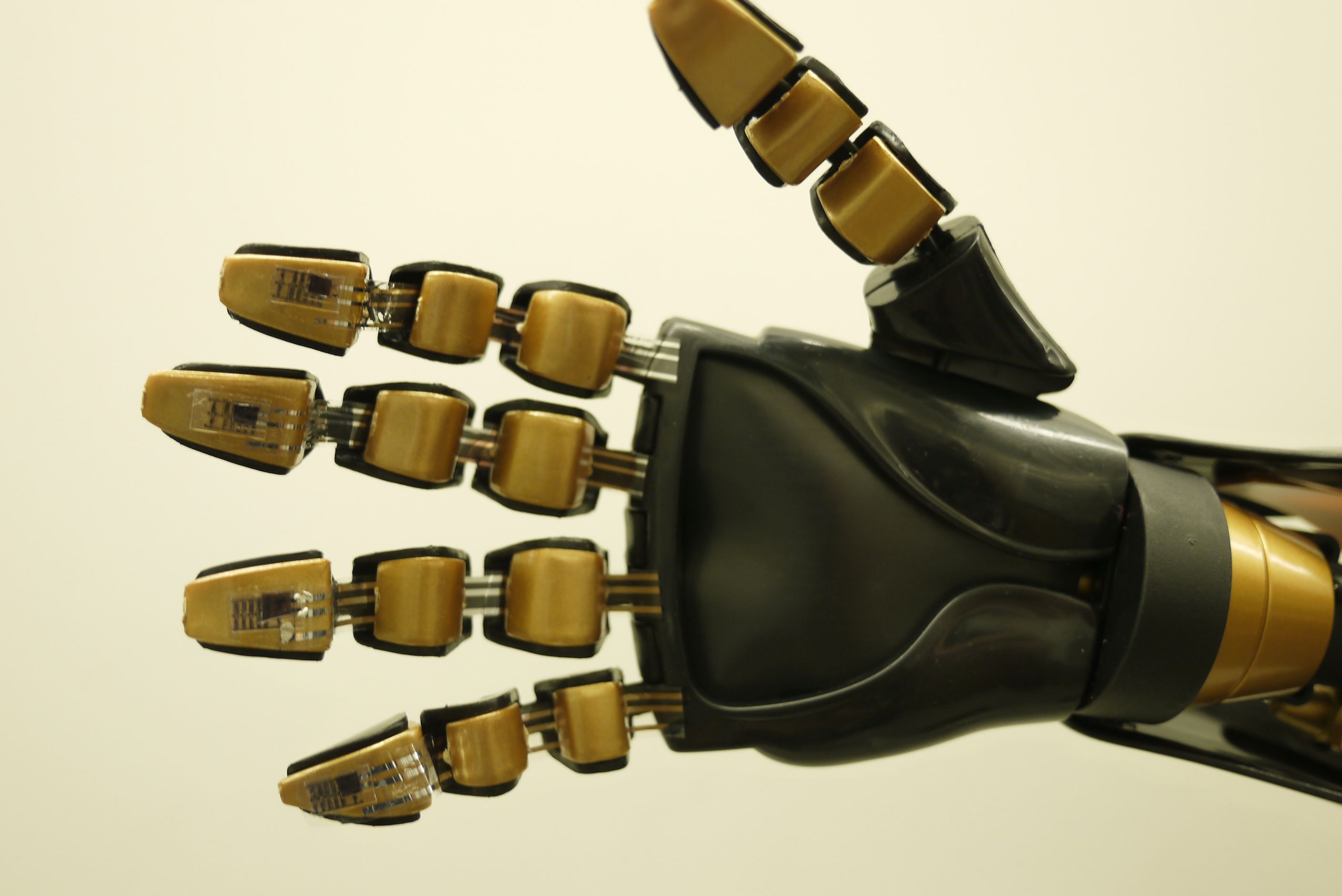Oct 16, 2015
Experts Warn UN Panel About the Dangers of Artificial Superintelligence
Posted by Phillipe Bojorquez in categories: materials, robotics/AI, security
https://www.youtube.com/watch?v=W9N_Fsbngh8
During a recent United Nations meeting about emerging global risks, political representatives from around the world were warned about the threats posed by artificial intelligence and other future technologies.
The event, organized by Georgia’s UN representatives and the UN Interregional Crime and Justice Research Institute (UNICRI), was set up to foster discussion about the national and international security risks posed by new technologies, including chemical, biological, radiological, and nuclear (CBRN) materials.
Continue reading “Experts Warn UN Panel About the Dangers of Artificial Superintelligence” »


 Listen/View
Listen/View















